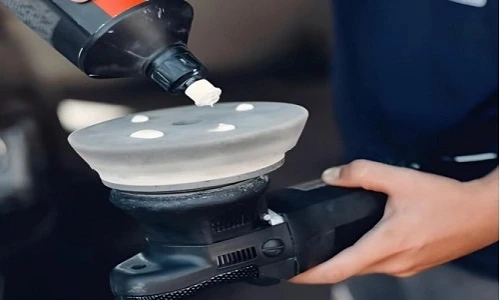In the ever-evolving landscape of global manufacturing, China has firmly established itself as a leader, particularly in the realm of vacuum casting. This sophisticated process, which utilizes vacuum to form high-quality castings from liquid materials, has revolutionized the production of complex and detailed parts. In this guest post, we will delve into the intricacies of vacuum casting, explore its advantages, and highlight why China has become a powerhouse in this domain.
Introduction to Vacuum Casting
Vacuum casting is a manufacturing process used to produce high-quality plastic or rubber parts. It involves creating a master model, typically using 3D printing or CNC machining, which is then encased in silicone to form a mold. This mold is used to produce multiple copies of the part by pouring liquid material into it under vacuum conditions. The vacuum ensures that the material fills all the intricate details of the mold, resulting in highly accurate and precise parts.
Advantages of Vacuum Casting
1. High Precision and Detail
One of the primary advantages of vacuum casting is its ability to produce parts with high precision and intricate details. This is especially important for industries such as automotive, aerospace, and medical devices, where accuracy is paramount.
2. Cost-Effective for Low Volume Production
Vacuum casting is particularly cost-effective for low to medium volume production runs. The initial cost of creating the master model and silicone mold is relatively low compared to other manufacturing processes, making it an ideal choice for prototyping and small-batch production.
3. Material Versatility
This process is compatible with a wide range of materials, including various plastics and rubbers. This versatility allows manufacturers to choose the best material for their specific application, ensuring optimal performance and durability of the final product.
4. Fast Turnaround Time
The vacuum casting process is relatively quick, especially when compared to traditional manufacturing methods. Once the mold is created, parts can be produced in a matter of hours, making it an excellent option for projects with tight deadlines.
Why China Leads in Vacuum Casting
1. Advanced Manufacturing Infrastructure
China has invested heavily in its manufacturing infrastructure, with state-of-the-art facilities and advanced technology. This has enabled Chinese manufacturers to achieve high levels of precision and efficiency in vacuum casting.
2. Skilled Workforce
China boasts a highly skilled workforce with expertise in various manufacturing processes, including vacuum casting. This skilled labor force is crucial for maintaining the high standards required in the production of complex parts.
3. Competitive Pricing
Chinese manufacturers are known for their competitive pricing, which is a significant advantage in the global market. The lower cost of labor and materials in China translates to cost savings for companies looking to outsource their vacuum casting needs.
4. Strong Supply Chain Network
China's well-developed supply chain network ensures the timely availability of raw materials and components needed for vacuum casting. This robust supply chain minimizes delays and enhances the overall efficiency of the manufacturing process.
Applications of Vacuum Casting in China
1. Automotive Industry
The automotive industry relies heavily on vacuum casting for producing prototypes and small-batch components. This process is used to create parts such as dashboards, bumpers, and interior panels, ensuring high precision and quality.
2. Aerospace Sector
In the aerospace sector, vacuum casting is used to manufacture components that require exceptional accuracy and reliability. Parts such as turbine blades, housings, and connectors are produced using this method, meeting the stringent standards of the industry.
3. Medical Devices
The medical device industry benefits from vacuum casting due to its ability to produce complex and detailed parts. This process is used to create components such as surgical instruments, implants, and diagnostic equipment, ensuring the highest level of precision and safety.
4. Consumer Electronics
Vacuum casting is also widely used in the consumer electronics industry to produce parts for devices such as smartphones, tablets, and wearable technology. The ability to create detailed and intricate parts makes it ideal for these applications.
The Future of Vacuum Casting in China
As technology continues to advance, the future of vacuum casting in China looks promising. With ongoing investments in research and development, Chinese manufacturers are continually improving the efficiency and precision of this process. The adoption of automation and advanced materials is expected to further enhance the capabilities of vacuum casting, making it an even more attractive option for various industries.
Conclusion
Vacuum casting has become a vital manufacturing process in China, offering numerous advantages such as high precision, cost-effectiveness, and material versatility. China's advanced infrastructure, skilled workforce, competitive pricing, and strong supply chain network have solidified its position as a global leader in this domain. As the demand for high-quality, intricate parts continues to grow, vacuum casting will undoubtedly play a crucial role in the future of manufacturing.


